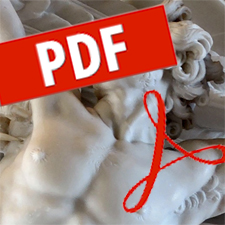Description
By C. W MAUGHAN†
The simplicity of the lay view, the complexity of the legal and economic concepts of ownership and property, and the real life gains that are to be made from using the simplistic view to justify the creation of monopoly rights, has led to considerable and often deliberate confusion in discussions about intellectual property. To reduce the confusion, this paper considers the legal and economic aspects of property. First the legal taxonomy of property, including intellectual property, is described. Then, a law and economics model of intellectual property is built, stressing not only the economic gains but also the economic losses that result from treating property as some ‘thing’ that can be monopolised. The paper then argues that the central policy issue is to devise methods of creating and protecting intellectual property that balance the gains from creation and protection (incentives to invest, improvements in information markets) against the losses (potential monopolisation of knowledge). A tentative conclusion is drawn that such a policy may well involve weakening present copyright and patent rights, and treating copyright and patents as if they were more analogous to trademarks. Alternatives might be to require greater dissemination of protected intellectual property by allowing two part pricing in different markets.
page: 379 – 391
Prometheus: Critical Studies in Innovation
Volume 22, Issue 4
SKU: 0810-902810047183
